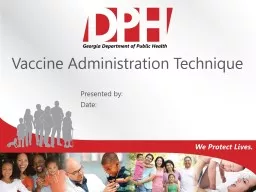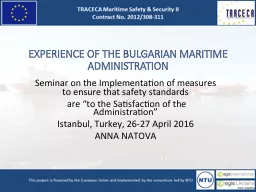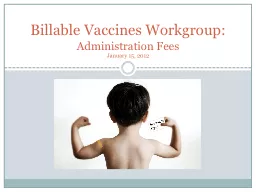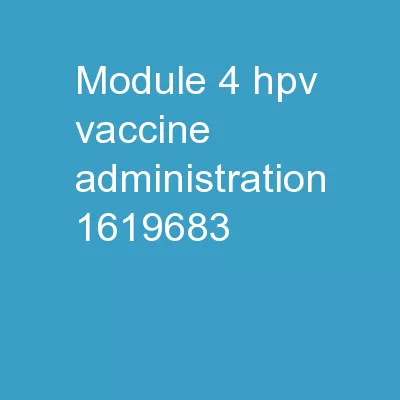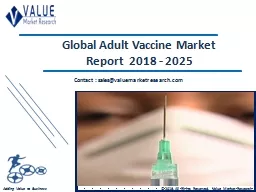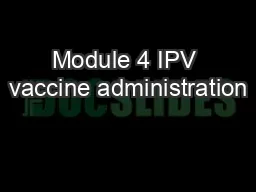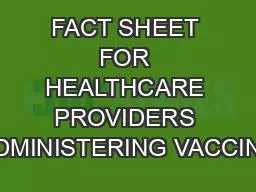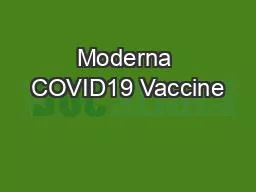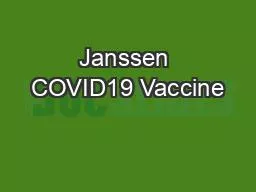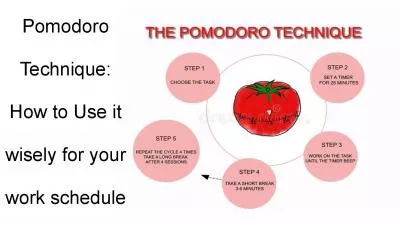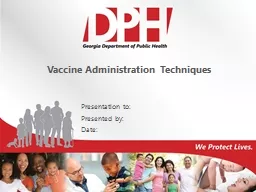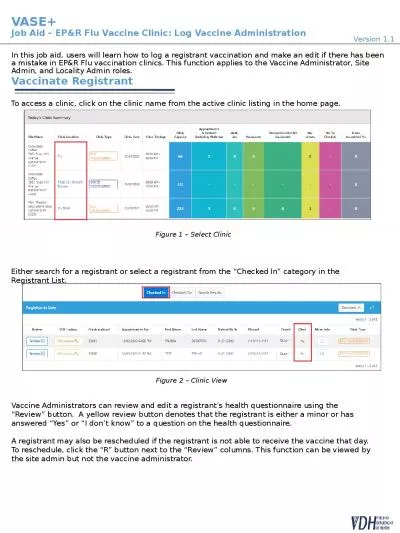PPT-Vaccine Administration Technique
Author : tawny-fly | Published Date : 2020-04-03
Presented by Date Disclosure Statements Neither the planners of this session nor I have any conflicts of interest or financial relationship with pharmaceutical
Presentation Embed Code
Download Presentation
Download Presentation The PPT/PDF document " Vaccine Administration Technique" is the property of its rightful owner. Permission is granted to download and print the materials on this website for personal, non-commercial use only, and to display it on your personal computer provided you do not modify the materials and that you retain all copyright notices contained in the materials. By downloading content from our website, you accept the terms of this agreement.
Vaccine Administration Technique: Transcript
Download Rules Of Document
" Vaccine Administration Technique"The content belongs to its owner. You may download and print it for personal use, without modification, and keep all copyright notices. By downloading, you agree to these terms.
Related Documents

